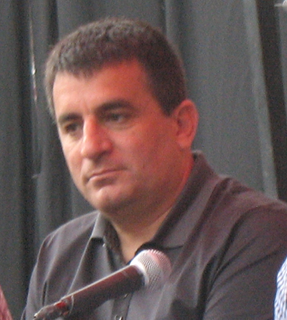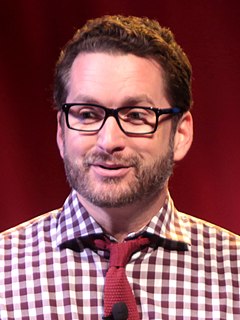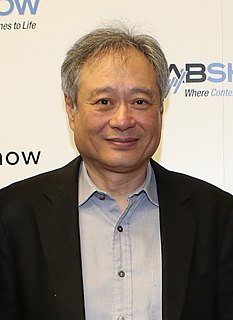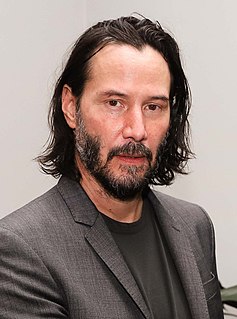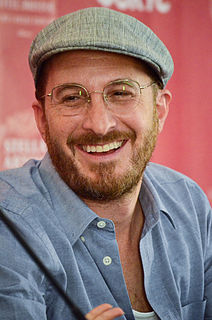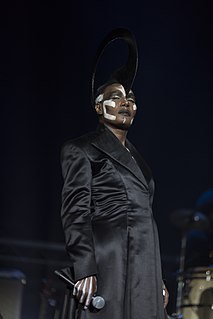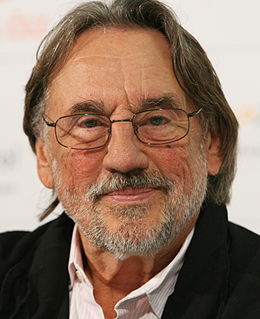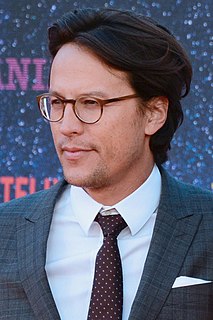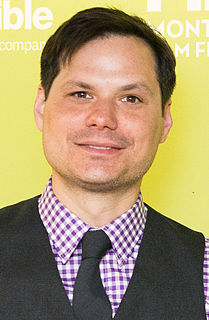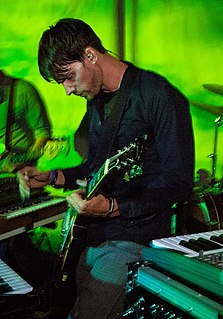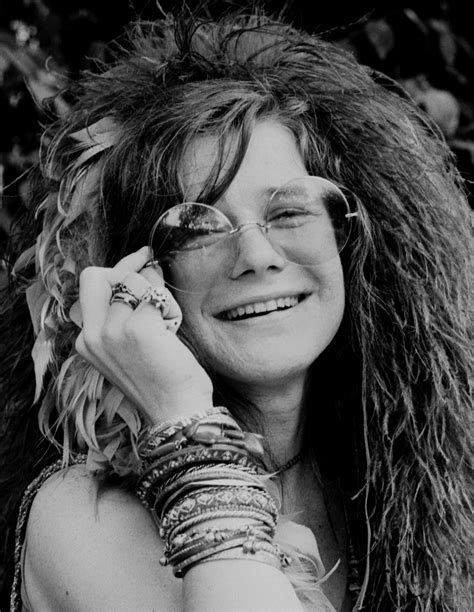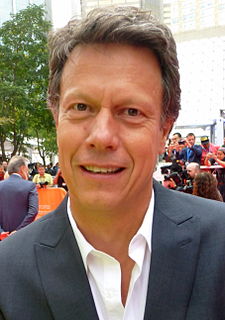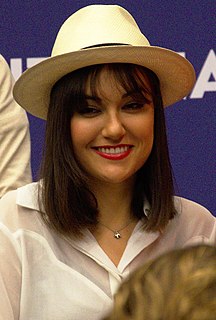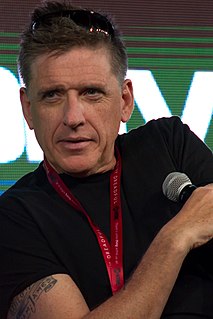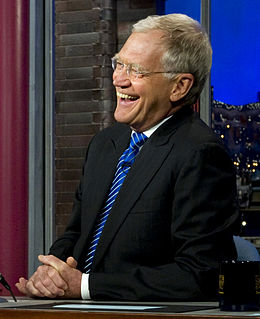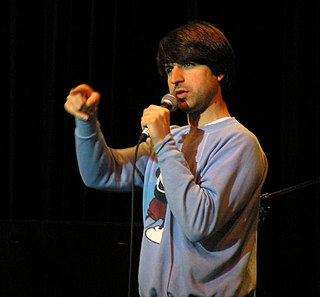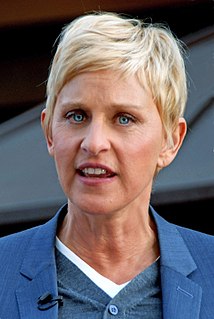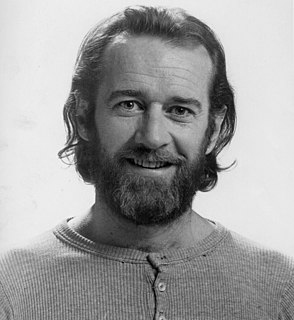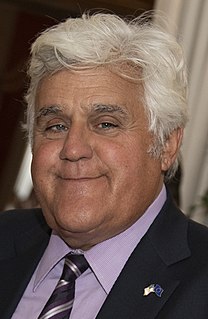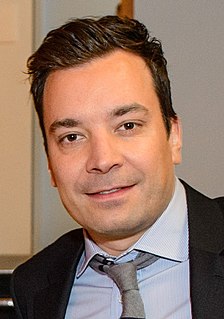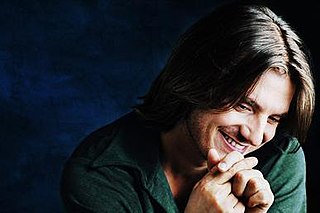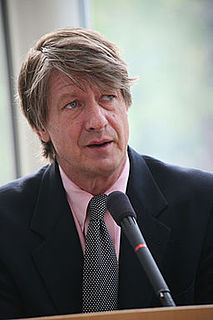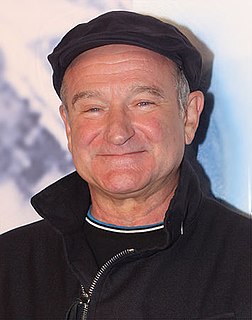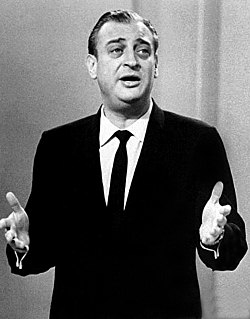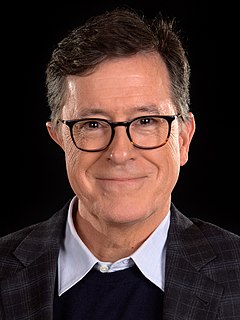A Quote by Wyatt Cenac
I enjoy 'Life Aquatic.' I think that one, from a visual standpoint, is just such a fun, visual movie to look at, whether it's the shots of the ship cut down the middle, that set where you can see everyone in each of their rooms doing whatever and moving about - something like that, I could watch that on a loop for an hour.
Related Quotes
I'm a big fan of fiction film where you have a story and you have to transform that into a visual language, basically working with actors and also transforming that into how you pronounce that in the visual language of the shots, the construction of the shots and the lighting. All of that appealed to me from the beginning of my career at the university. When I graduated from the university, I wanted to deal mainly with that, with the visual aspect of the movie.
There is an animated version of 'Lazer Team,' with all the action sequences, that exists. It's a pre-visual fidelity, and the voice acting is terrible because it's one of our animators doing it. But we could sit there and watch what the scene is supposed to look like while we're doing individual shots.
I think for most people, the audience probably couldn't tell the difference, but I know they [shots of visual effects] can be better. And the people working know they can be more precise. I'm still doing another round of sound mixing and color timing, pretty technical stuff. I think the movie [Life of Pi] is really presentable, nothing was left out that would take you out of the movie. I just need to perfect the job and I still have two weeks to go [to deliver final cut to Fox].
Usually in theater, the visual repeats the verbal. The visual dwindles into decoration. But I think with my eyes. For me, the visual is not an afterthought, not an illustration of the text. If it says the same thing as the words, why look? The visual must be so compelling that a deaf man would sit though the performance fascinated.
The whole visual language of the movie is developed way before we get to set. Especially when you're doing visual effects and you don't have a lot of money to mess around, which we didn't, you have to really preplan everything. Pretty much every shot in the film was figured out months before we got to set.
I think it's somewhere in my head, in my travel space, and it just comes out. It's a visual thing that happens unintentionally. People will tell me, "You do realize you just spoke with that accent, right?" And I'll go, "Oh, did I?" So it's not something I think about. As we talk, I have a visual about my speech and it just comes out like that. If that makes any sense!
I think that there's a strong crossover in that Janis, studying the visual arts, was learning how to break it down into details and see how to get the expression that we wanted. And her visual art is emotionally expressive as her singing was. And, I think, when she switched over to singing, she already knew that it was something serious that you broke into pieces so she developed the ability to break it down and learn little riffs that she could throw in here and there.

